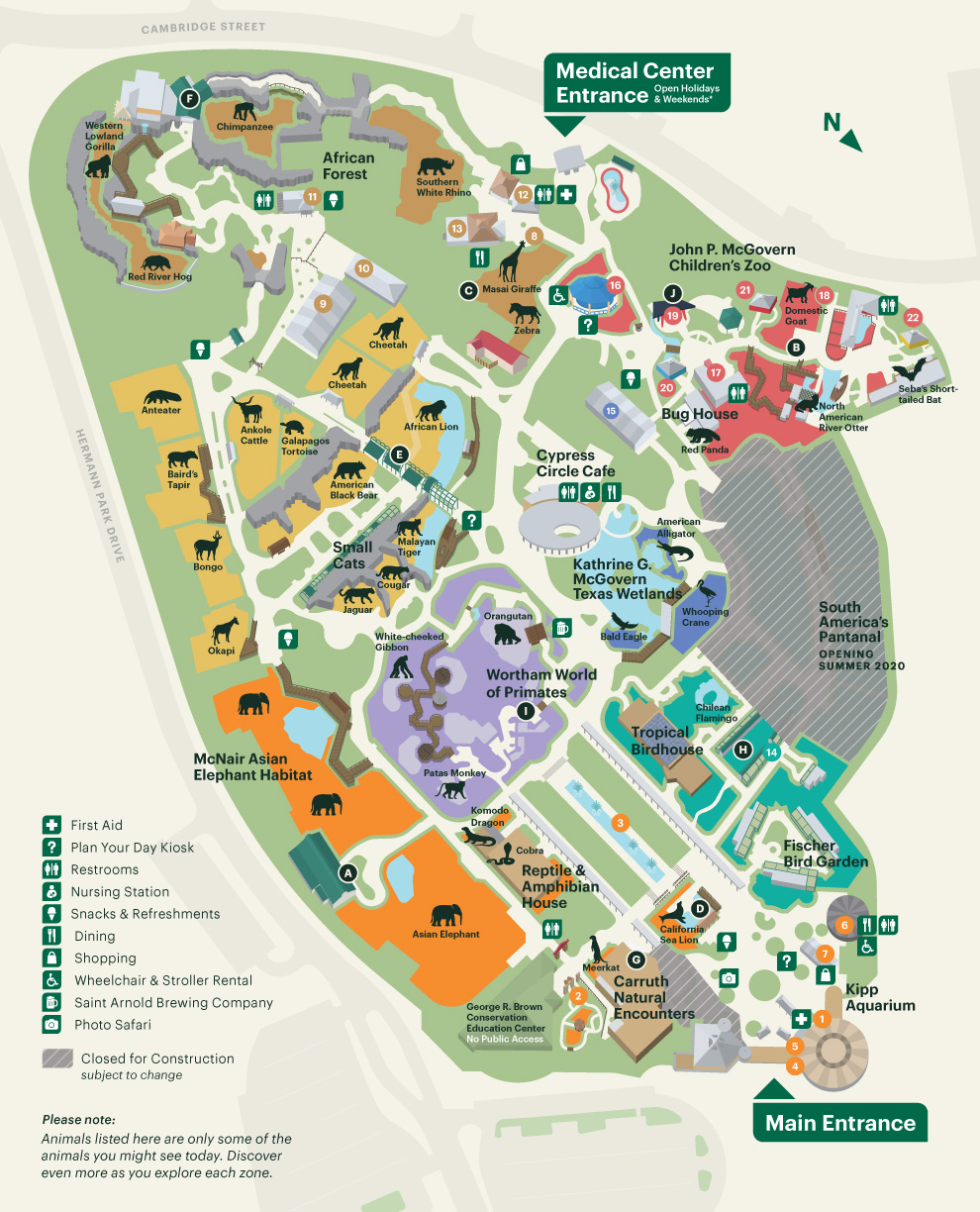Celebrating 40 Years with Primates Keeper Ron
One of our Primates Keepers, Ron Santos, recently celebrated a big milestone – 40 years at Houston Zoo! We sat down with him to ask about his time at Zoo, including how he got started. Read more below!
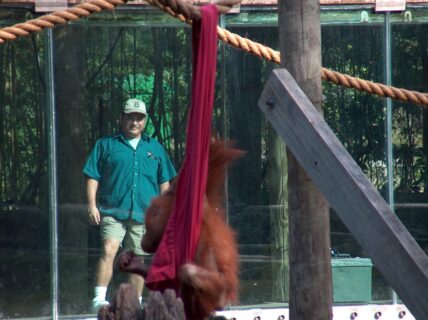 1. How did you get your start at Houston Zoo and how has your career evolved during your 40 years?
1. How did you get your start at Houston Zoo and how has your career evolved during your 40 years?
I started working in what was then called the Commissary. I used to go off grounds and pick up daily supplies of produce and greens for all the animal departments, then drive around the Zoo and weigh out each department’s portions and deliver door to door. While working on the support side of the animal department, I got to see all the animal departments and meet the keepers and animals in various departments. I decided I wanted to work with the animals, so I joined the Primates department and have been in Primates to this day.
2. What does your day to day look like as a primate keeper?
My day, like every other keeper’s day, can be filled with controlled chaos. From animal sedations to training animals, assisting with propping projects, making enrichment puzzles/toys, along with other keepers as a group we manage daily chimpanzee group social dynamics. Do animal recall as needed. Overall busy yet rewarding.
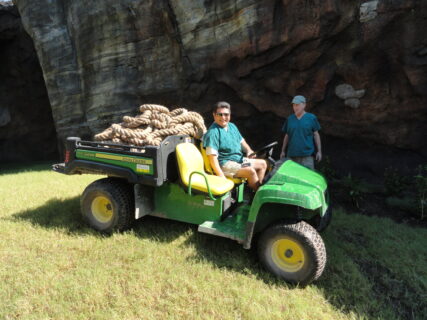 3. What is or has been one of your favorite animals to work with, and why?
3. What is or has been one of your favorite animals to work with, and why?
After working primates for all these years, there have been many animals that have a special place in my heart. But I can say that there is a group of animals that I have found I gravitate toward. And that would be a behind-the-scenes exhibit area we formally had called MYRA (Monkey Year long Retirement Area).
This off exhibit area was intended to house geriatric primates. Its role expanded to housing animals needing closer medical observations and animals who were no longer socially compatible for one reason or another. For many years, I enjoyed working with any animal that resided in MYRA.
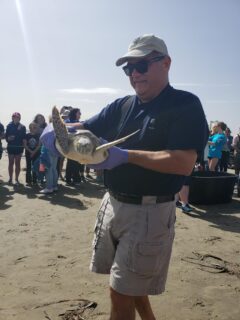
4. What are some of your favorite Zoo memories?
I will try to make this as brief as possible. We had our two female orangutans Kelly and Cheyenne. Cheyenne used to be an aggressive orangutan and would sometimes pick on Kelly to the point where we had to keep them separated.
When Kelly had her first born Luna, she was not able to figure out how to properly position Luna for nursing so we had to intervene and hand raise Luna. We hand raised Luna for an extended period of time because we could not find an available surrogate. Cheyenne was never considered as a candidate for a surrogate due to her aggressive nature. Well, after no luck in finding a surrogate. We had no choice but to consider Cheyenne.
After a long period of introductions via a “howdy door” behind the scenes, the day finally came for a full introduction. The best way I like to describe the change in Cheyenne’s demeanor is this. She was like a flower blooming before my eyes as her maternal instincts kicked in. Cheyenne proved to be the best surrogate we could have hoped for. And I’d like to add: my favorite.
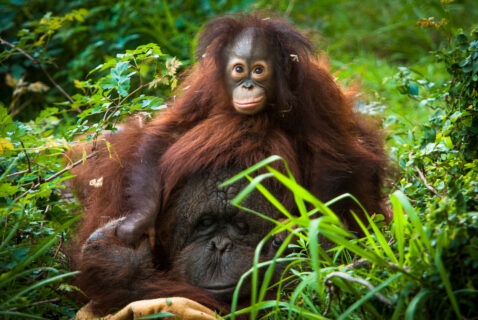
5. What is something that your coworkers may not know about you?
My birthday.
6. Do you have any advice for anyone interested in working at a Zoo?
It is a very competitive field. Education is important. Volunteering is also a good way to get to know what it is like to work with animals and what it is like to be a zookeeper.
